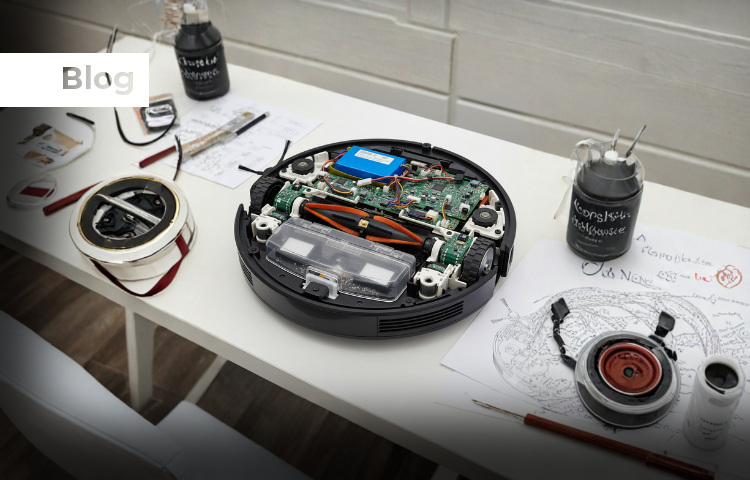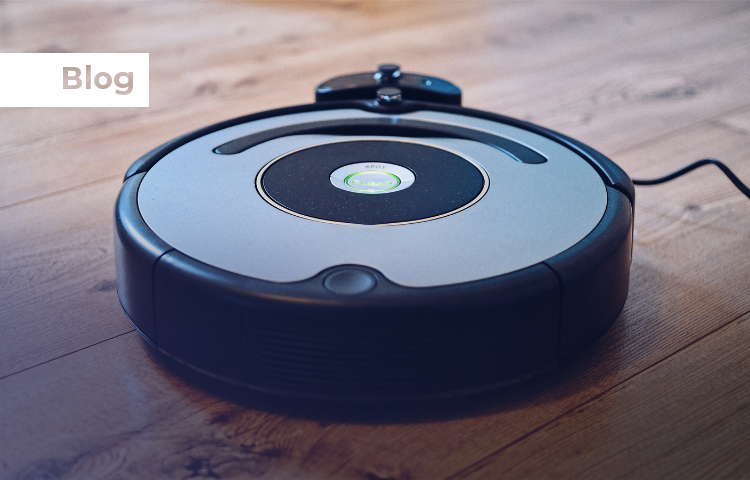Silicon Carbide (SiC) MOSFETs have seen significant advancements in reliability, integration, and high-frequency performance, driven by innovations in body diode engineering, Schottky barrier diode (SBD) integration, and capacitance optimization. These developments address critical challenges in industrial applications, such as bipolar degradation, switching losses, and electromagnetic interference (EMI). These developments call for faster, more flexible evaluation methods—and that’s where LiveBench steps in.
This article explores trending developments in SiC MOSFETs and how LiveBench empowers engineers with real-time, cloud-based hardware access to validate next-gen designs at scale.
SiC MOSFETs with Body Diode: Enhancing Reliability in Industrial Applications
Traditionally, SiC MOSFETs faced limitations related to body diode performance, especially in hard-switching industrial applications. But recent innovations have shown that the body diode of SiC MOSFETs, when engineered carefully, can achieve high reliability and low reverse recovery losses.
What’s changing?
- Optimized device structures now use the internal body diode as a reliable conduction path, eliminating the need for external components.
- This integration minimizes losses, simplifies thermal design, and increases packaging density—key for compact motor drives, UPS systems, and high-efficiency inverters.
How LiveBench Helps
LiveBench allows engineers to instantly test real-world thermal behavior, switching speed, and reverse recovery effects of SiC MOSFETs under realistic load conditions from remote labs.
Live Thermal Test
Embedding SBDs in SiC MOSFETs: A Design Evolution
Schottky Barrier Diodes (SBDs) are often co-packaged with SiC MOSFETs to suppress body diode degradation and reduce switching losses. But new research trends are pushing toward embedding SBD structures directly into the MOSFET die.
Why it matters:
- Embedding SBDs improves reverse conduction efficiency while preserving forward performance.
- Engineers can now achieve higher efficiency at lower switching frequencies—ideal for EV powertrains, PV inverters, and onboard chargers.
Evaluate on LiveBench
Use pre-configured labs on LiveBench to compare embedded-SBD SiC MOSFETs with traditional co-packaged solutions. Real-time waveform captures, temperature sensors, and current probes help teams validate conduction behavior and efficiency gains instantly.
Frequency-Dependent Capacitances: A Hidden Performance Lever
Recent findings show that SiC MOSFET output capacitance (Coss) and reverse transfer capacitance (Crss) exhibit strong frequency dependency—significantly affecting switching transients and electromagnetic interference (EMI) behavior.
Design implications:
- Engineers must model these dynamic capacitances to avoid overdesign or inefficiencies.
- In high-frequency converters (>100kHz), even minor miscalculations in Coss and Crss can derail system performance.
Bring Simulation to Reality with LiveBench
While simulations offer insights, they often miss real-device parasitics. LiveBench enables engineers to:
- Run frequency sweep tests across a wide voltage/current range.
- Evaluate dV/dt behavior in real time.
- Monitor ringing in switching transients under controlled, repeatable conditions.
Evaluate dV/dt Behavior
LiveBench: Fast-Tracking SiC MOSFET Evaluation
Modern design cycles don’t wait for hardware shipping and manual test setups. LiveBench bridges this gap with:
Real-time hardware access: Evaluate real SiC MOSFET modules in cloud-hosted labs—within minutes.
Data-rich validation: Capture performance metrics, waveforms, and logs that feed directly into design decisions.
Scalable evaluation: Deploy across geographies with no logistical delays. Perfect for global teams.
Sustainable engineering: Cut shipping, hardware waste, and energy consumption with virtual-first lab workflows.
Speed, Precision & Customer-Centric Design
As SiC MOSFET technology races ahead, design teams must align with customer expectations around performance, reliability, and evaluation agility. Whether it’s verifying reverse recovery or observing capacitance drift at frequency, LiveBench brings real-world conditions directly to your browser—empowering better design decisions, faster.
Want to enable LiveBench experience for your SiC MOSFET products?
Schedule an exploratory call.





